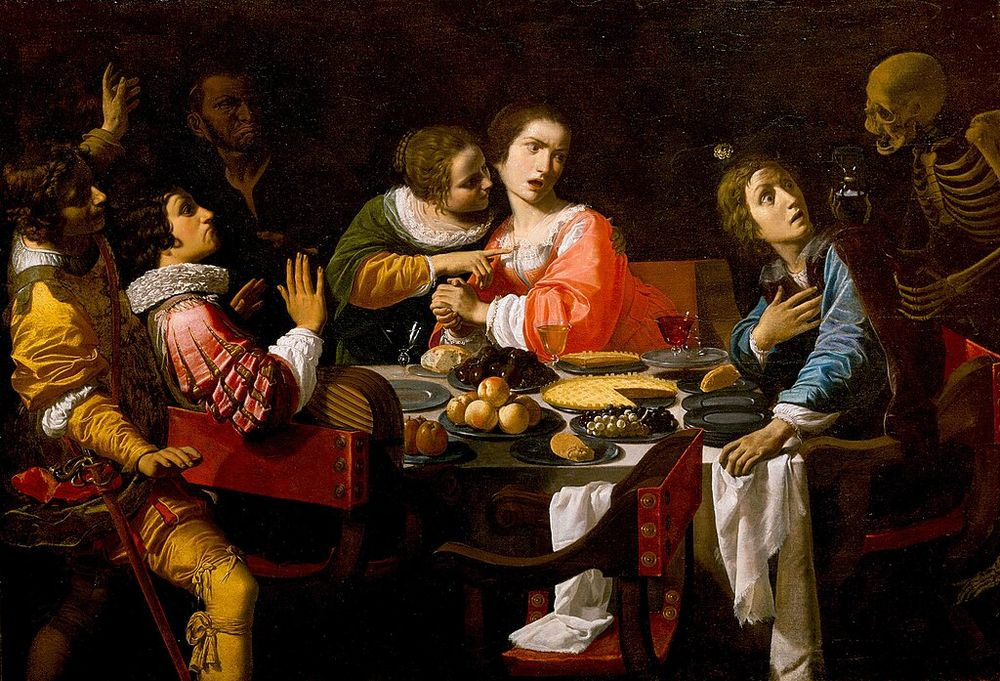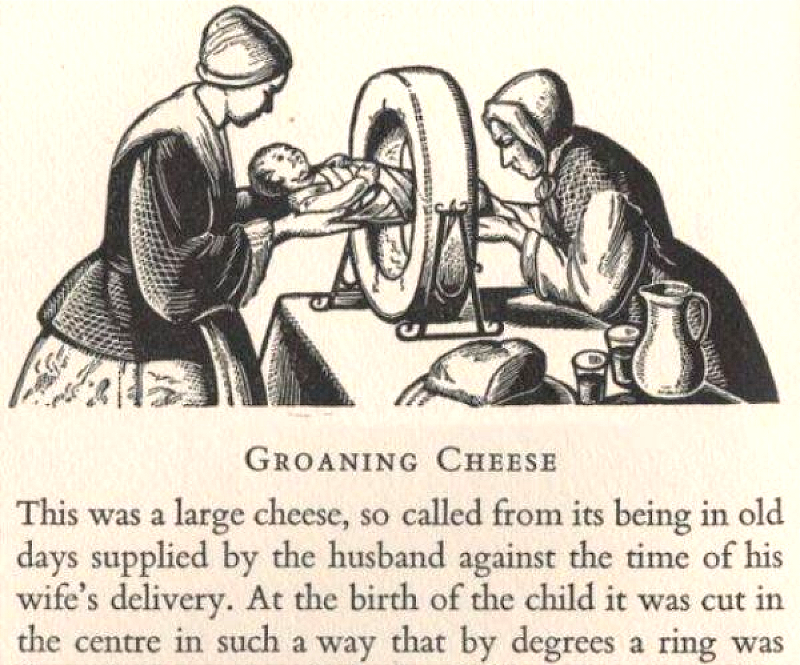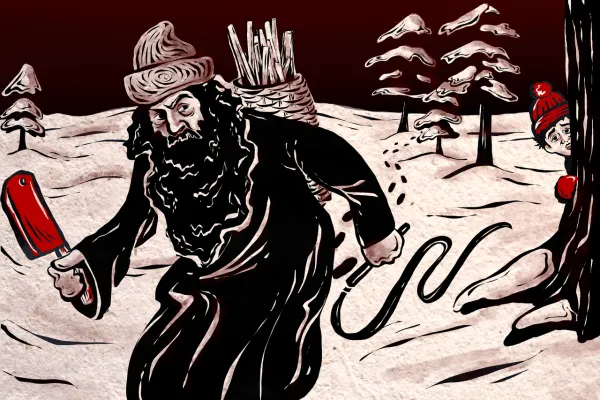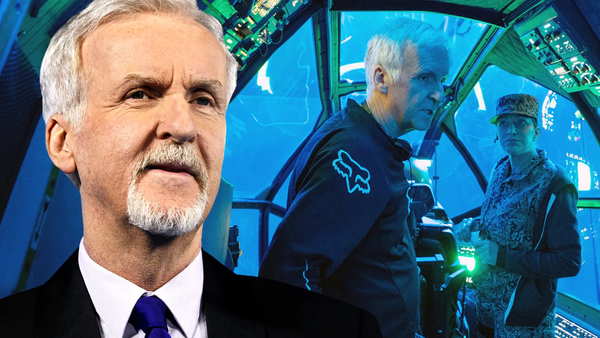Aqua Tofana was the 17th-century husband killer

From Amusing Planet: "Sometime in the summer of 1791 Wolfgang Amadeus Mozart fell ill. By late November, his condition worsened dramatically. He became bedridden, suffering from swelling, pain, and persistent vomiting. Around two weeks later, on 5 December, he died at his home in Vienna. Mozart himself was deeply troubled by his deteriorating health and feared he was being poisoned. He believed the poison was Aqua Tofana, a colourless, tasteless, and odourless liquid that could be mixed with the victim's food without detection. When administered gradually, it mimicked symptoms of common illnesses such as cholera or influenza. This poison is believed to have been invented by an Italian woman named Thofania d'Adamo in the 17th century. It quickly gained notoriety in southern Italy, particularly among women seeking to rid themselves of their husbands and claim their inheritances."
Google is developing an LLM that could help us communicate with dolphins

From Scientific American: "Dolphins are renowned for their intelligence and social skills. These large-brained marine mammals communicate using individualized signature clicks and whistles and even seem to recognize their own “names.” Now a few researchers think a form of two-way communication with dolphins could be on the horizon. In collaboration with the Georgia Institute of Technology and the nonprofit Wild Dolphin Project (WDP), Google has announced progress on what the team has as the first large language model (LLM) for dolphin vocalizations, called DolphinGemma. WDP provided acoustic data from the species to train the LLM. Teams at Georgia Tech and Google then asked the model to generate “dolphinlike” sequences of sounds. “Half of it was background noise stuff that you expect from the ocean,” says computer scientist Thad Starner. But the rest had authentic-sounding clicks, whistles and burst pulses—rapid sequences of clicks that dolphins often utter during fighting and other behavior."
Soccer-loving grannies go for the goal in a version of the World Cup

From NPR: "The stands of the soccer stadium buzzed with anticipation. Vuvuzelas honked like a chorus of drunk geese, and spectators chattered excitedly. The teams were about to take the pitch. But first, match officials had some business to attend to. They hunched over a stack of passports, carefully checking the teams' credentials. "We don't want to see underage players," one official explained gravely. Welcome to the Grannies International Football Tournament, or GIFT, where you're never too old to play. But you may well be too young. Technically speaking, having grandchildren was optional, but the age requirement was strictly non-negotiable. Under 50? Go find your own stadium of adoring fans. This one was reserved for the nanas, the mamis, the vovos and the gogos. Once the age checks were done, the opening bars to the FIFA anthem crackled through the stadium speakers, and the players filed onto the field."
Hi everyone! Mathew Ingram here. I am able to continue writing this newsletter in part because of your financial help and support, which you can do either through my Patreon or by upgrading your subscription to a monthly contribution. I enjoy gathering all of these links and sharing them with you, but it does take time, and your support makes it possible for me to do that. I also write a weekly newsletter of technology analysis called The Torment Nexus.
In the 1700s it was customary to pass a newborn through a circular cheese ring

From Neatorama: "In 1777, John Brand, an English folklorist, published a book called Observations on Popular Antiquities. In it, he described the customs of the people of England that might not be known among the upper classes of that nation. In one passage, he wrote about a custom in which a newborn child is passed through a hole cut in the center of a wheel of cheese on the day of the child's christening. "It is customary at Oxford to cut the cheese (called in the north of England, in allusion to the mother's complaints at her delivery, the Groaning Cheese) in the middle when the child is born, and so by degrees form it into a large kind of ring, through which the child must be passed on the day of the christening. In some villages, the cheese is then cut and distributed to women as an aphrodisiac, so they might "dream of their lovers."
The the 18th century France had a semaphore telegraph system with hand-operated signals

From Wikipedia: "The Chappe telegraph was a French semaphore telegraph system invented by Claude Chappe in the early 1790s. The system was composed of towers placed every 5 to 15 kilometers. Coded messages were sent from tower to tower, with transmission being handled by tower operators using specially designed telescopes. The messages were decoded once they reached their destination city. By the mid 19th century, the network spanned several hundred kilometres and covered most major French cities as well as Venice, Mainz, and Amsterdam. The system was dismantled after the introduction of the electric telegraph. Today, about twenty Chappe towers remain, in varying states of repair. The typical tower's signaling mechanism was visible through specially designed telescopes from a neighboring tower, 5 to 15 km away."
How chicken is served at a 3-star Michelin restaurant in Paris
chicken served at the 3-Michelin star Epicure restaurant in Paris, France.pic.twitter.com/QN1hhEwdS2
— Interesting things (@awkwardgoogle) April 15, 2025
Acknowledgements: I find a lot of these links myself, but I also get some from other newsletters that I rely on as "serendipity engines," such as The Morning News from Rosecrans Baldwin and Andrew Womack, Jodi Ettenberg's Curious About Everything, Dan Lewis's Now I Know, Robert Cottrell and Caroline Crampton's The Browser, Clive Thompson's Linkfest, Noah Brier and Colin Nagy's Why Is This Interesting, Maria Popova's The Marginalian, Sheehan Quirke AKA The Cultural Tutor, the Smithsonian magazine, and JSTOR Daily. If you come across something interesting that you think should be included here, please feel free to email me at mathew @ mathewingram dot com



